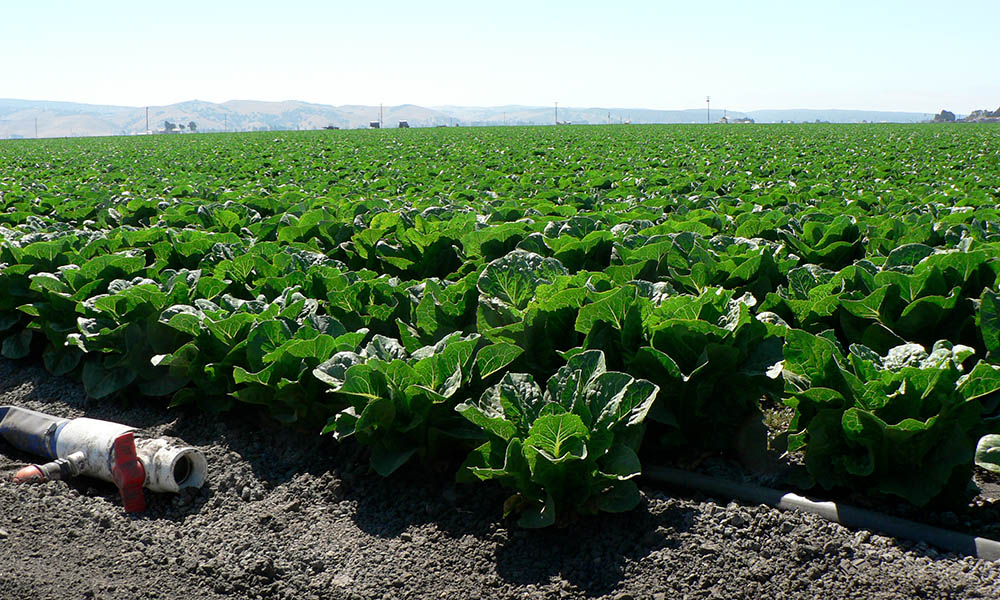
Cannabis
Regulations Shut Out Small CA Cannabis Farmers
Small cannabis growers from Monterey County to Calaveras County are facing local regulations that are making it difficult or impossible to compete with large, permitted grows.
If California supplies most of America with its marijuana — and it does — Monterey County is vying hard to supply most of California’s cannabis.
Monterey County is home to the Salinas Valley, which holds the famously fertile soils that have put strawberries, spinach and lettuce on dining room tables from coast-to-coast and served as literary inspiration for the great American author John Steinbeck. Here, greenhouses measuring hundreds of thousands of square feet large were left derelict for decades, after the flower industry decamped to cheaper venues overseas. Today, however, these greenhouses have found new life as cannabis super-farms backed by venture capital.
Like a Steinbeck novel, marijuana production in Monterey County adheres to a dynamic of high-and-low, have-and-have-not.
In the valley sit the greenhouses with investors and county permits, granted because of this location’s zoning law and its easy access to towns and freeways.
Those in the valley are the newcomers. Up in the rugged mountains, deep in the crags near Big Sur, are the “professionals,” the barely reformed outlaws who have been growing pot in old-growth forests for years, in much the same fashion as has been done in the “Emerald Triangle” far to the north, on the other side of San Francisco.
These mountain growers have experience, history and legendary strains — but they can’t get permits. They’re locked out of what’s supposed to be a $7 billion legal cannabis economy in California, and have to stand and watch as the valley-dwellers seize a livelihood that’s historically been theirs — and, according to the promises made by the Adult Use of Marijuana Act which legalized adult-use cannabis in California in 2016, was supposed to be theirs.
What happened? In Monterey, regulators have permitted only the greenhouses in the valleys in areas specifically zoned for farming. As written, county law prohibits “rural cannabis farming,” per the San Jose Mercury News, creating a forbidden zone in California cultivation’s historic home. (Imagine a world in which Iowans suddenly made corn and hog farming illegal on prairie land.)
What’s happening? In short, a pattern. According to the California Growers Association, a lobby group for cannabis cultivators, what’s going on in Monterey is being repeated across California.
In Calaveras County, several hours’ drive away from coastal Monterey in the foothills below Yosemite National Park, cannabis growing helped farmers rebound from a brutal 2015 wildfire. Those livelihoods are now all gone, after the county Board of Supervisors banned all cultivation in the county beyond the six-plant minimum for personal use.
“They promised us Proposition 64 could rejuvenate the farming industry and upgrade agriculture and bring this great thing,” said Big Sur grower Oliver Bates, the 40-year-old president of the new Big Sur Farmers Association, according to the San Jose Mercury News. “We feel shut out, betrayed. They are only listening to the interests of commercial agricultural.”
Bates is a prime example of California cultivation’s past. His off-the-grid spread can only be reached on foot, via a steep trail reachable only after six miles of 4×4-ing up a tiny dangerous road. That’s the reason why he’s not permitted, county staff say, because they can’t get there and neither can sheriff’s deputies. That’s not entirely true, say the farmers who still tell tales of visits from cops riding helicopters descending for raids.
How’s this going to end? With more helicopters or with a revision of Monterey’s laws to allow marijuana to continue to exist in the mountains and the valleys? Steinbeck would approve.
TELL US, do you think small farmers should be protected by regulations?






















